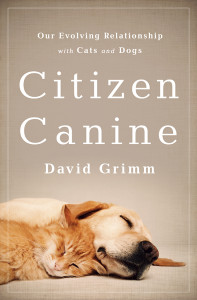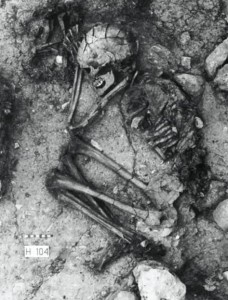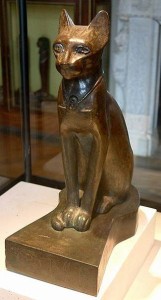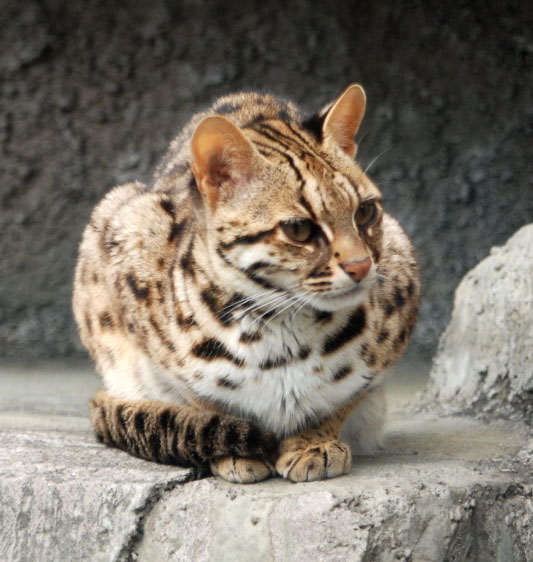September 30, 2013
by dave
0 comments
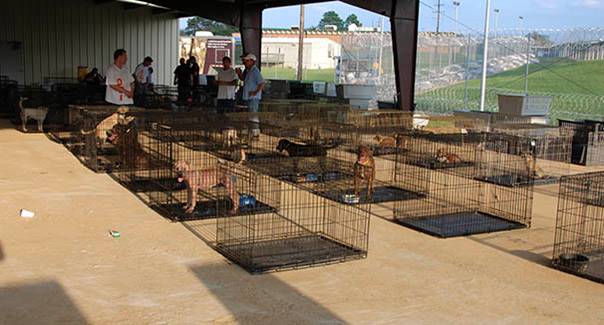
Shelter in the storm. Dixon Correctional’s outdoor emergency shelter can house up to 250 dogs and 100 cats. (Credit: Dixon Correctional Institute)
This article first appeared in the Fall 2013 issue of The Bark
Drive a ways along a narrow country road thirty miles north of Baton Rouge, Louisiana, the late summer morning filtering through the leaves as you pass acres of cow pasture and a few small churches, and you’ll come across a white picket fence leading to the last thing you’d expect to find here: a medium-security prison. First comes the octagonal guard tower, peeking over the trees, then the block brick buildings and drab exercise yards, enclosed by chain-link fencing topped with curly razor wire, 15 feet high. You’ve reached the Dixon Correctional Institute, home to 1600 inmates whiling away everything from a few years to life. That’s where I found myself in early September 2012. I hadn’t come to visit the inmates. I’d come to see the cats and dogs inside.
Seven years ago, when Hurricane Katrina barreled down on the GulfCoast, hundreds of thousands of residents fled their homes, leaving their pets behind. Most weren’t being cruel—they left food and water, assuming they’d be back in a few days, as they had after previous storms. They didn’t realize that Katrina and the floods that followed would decimate the region, demolishing homes, killing hundreds, and drowning a city. Fortunately, animal rescuers poured in from around the country, saving thousands of dogs on roofs, cats in attics, and pets wandering homeless on the streets. They trucked them to emergency shelters throughout the area, including a massive triage operation that had been set up at the Lamar-DixonExpoCenter in Gonzales, Louisiana, sixty miles northwest of New Orleans. The facility—a venue for livestock shows, horse exhibitions, and rodeos—would become the epicenter of the largest animal rescue operation in U.S. history, staffed with hundreds of volunteers and veterinarians caring for more than 8,000 animals salvaged from the storm. But as the weeks wore on, Lamar-Dixon began to overflow. There was no space left to shelter the cats and dogs. They sat in cages in parking lots. Thousands were in danger of becoming lost or dying.
That’s when Jimmy LeBlanc got on the phone. Dixon Correctional’s warden, LeBlanc had recently lost his 17-year-old Yorkshire Terrier, and he wanted to do something good for pets. He offered the Humane Society of the United States, which was running Lamar-Dixon at the time, some of the prison’s real estate. HSUS happily accepted. In the middle of the night, trucks began arriving, carrying hundreds of dogs and cats, plus a few geese, ducks, and horses. The prison housed them in a former dairy barn just a mile from its main grounds. Volunteers from Lamar-Dixon set up kennels and a makeshift clinic, and the prison sent over twelve convicts to help feed, walk, and clean cages. Injured, starving pets were nursed back to health, and most were eventually reunited with their owners. The arrangement worked out so well, HSUS decided to make it permanent. In 2007, it gave the prison a $600,000 grant to build a real shelter. It would be used in future disasters like Katrina, but also as an adoption center for the local community. I’d come to check it out.
Continue Reading →



